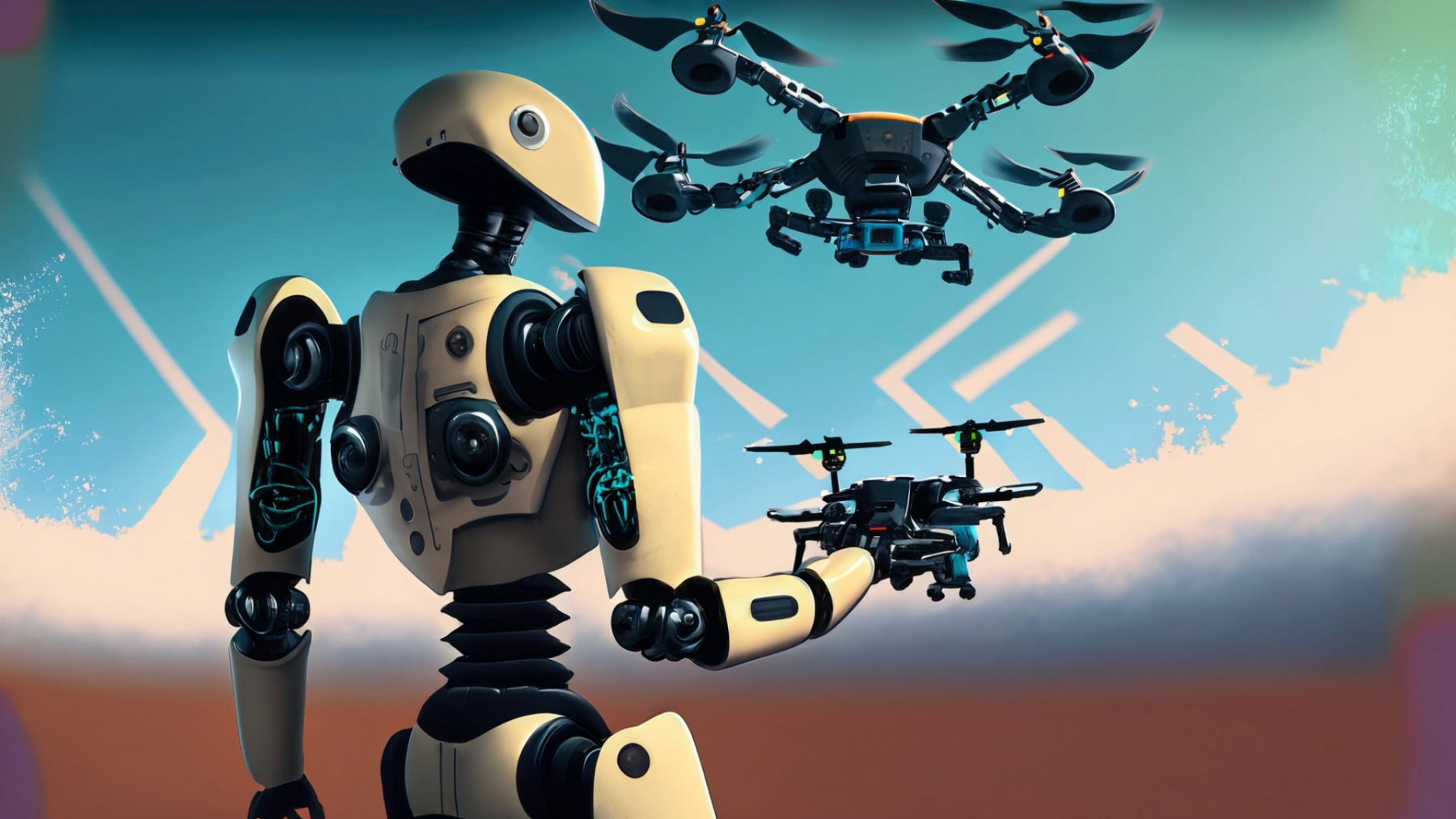
Drones: Using English as a Programming Language
by Nicholas Valdez
Students will learn the importance of clear, precise communication by directing a partner to navigate a drone through an obstacle course. This exercise will draw parallels to writing clear and unambiguous code in programming.
Students will be in pairs of 2, one acting as the drone operator the other as the "programmer." Students will focus on using clear communication where the programmer instructs the operator, whose vision is blocked either by facing backwards or blindfolded, how to navigate a simple obstacle course. The goal is to parallel this to computational thinking.
Lesson Plan Link/URL
https://docs.google.com/presentation/d/18iPcRBXCB3a7h8StYHxcWsfFi2Ovd_xA/edit?u…Subject Area
Science Physical Science P2: Objects at a Distance P3: Net Force Technology 1. Empowered Learner 2. Digital Citizen 5. Computational Thinker Engineering S3: Apply Mathematics to Engineering S5: Apply Technology to Engineering S6: Apply Communications to Engineering Mathematics Geometry (G) English Language Arts (ELA) Speaking & Listening
Featured
Off
Related Content

Featured
Parachutes - Air Resistance
Grades:
6th Grade, 7th Grade, 8th Grade
This middle school lesson covers the concept of air resistance. Students work in teams of 3 with a list of materials to design, build, and test 3 parachutes that will maximize the air resistance of a

Grades:
4th Grade, 5th Grade, 6th Grade, 7th Grade, 8th Grade
This is the first lesson in a series of 4. Students gain an understanding of the forces that are acting upon a drone when it is flying. They will learn about how thrust, weight, lift and drag work

Grades:
9th Grade, 10th Grade
This lesson plan focuses around 4 key topics, with activities for each. The plan covers renewable energy, solar energy, why solar energy is important, and what the children can do to conserve energy